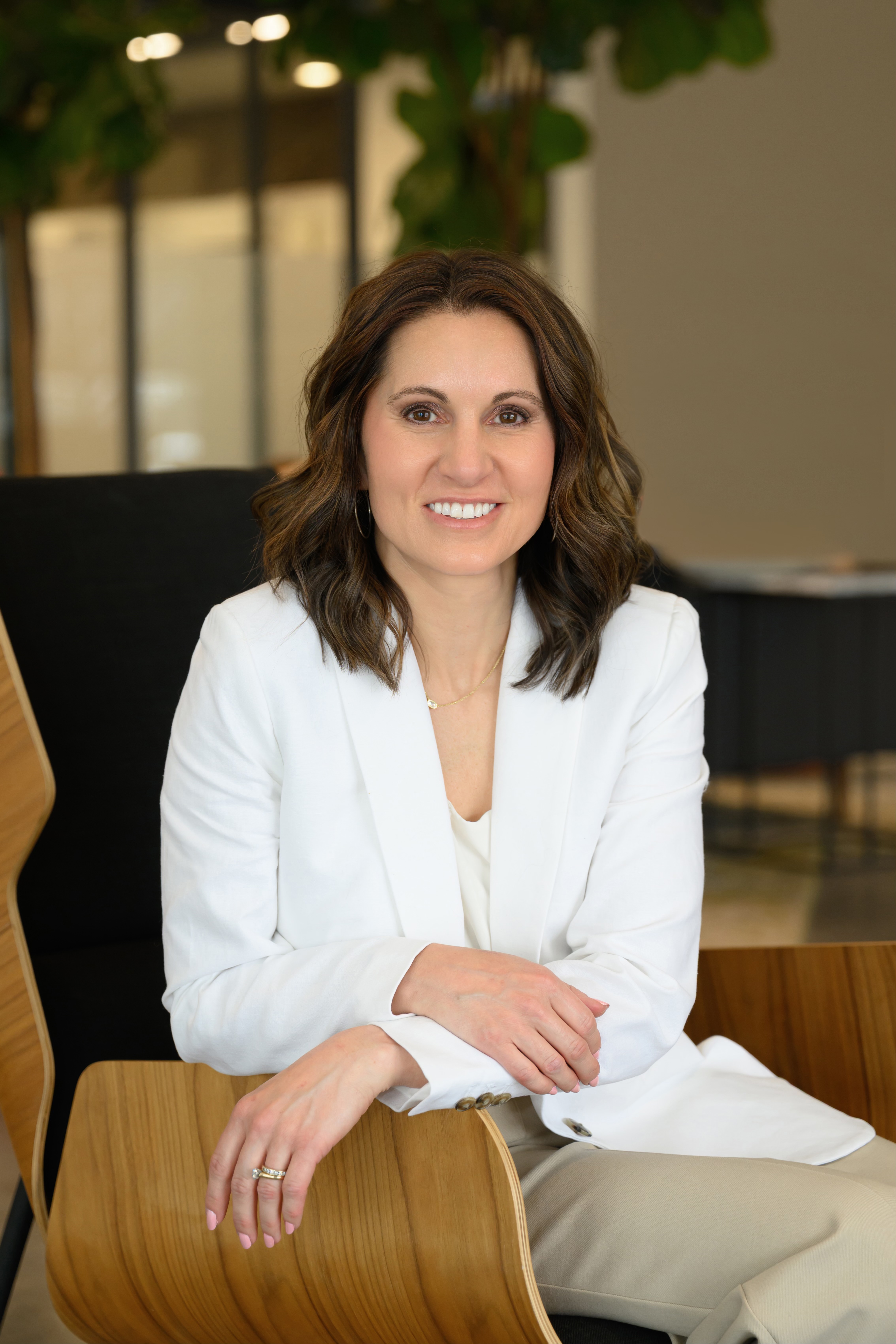It’s a question people love to debate: Do you work to live, or live to work?
Here’s my take: both are okay because life doesn’t stay in one lane.
We go through seasons where different aspects of life need more from us. Some seasons are demanding. Others are spacious. And through it all, we’re navigating what it means to thrive - not in theory, but in real, everyday life.
Gallup offers a helpful lens: wellbeing isn’t one thing. It’s made up of five distinct but connected elements:
- Career Wellbeing – You like what you do each day.
- Social Wellbeing – You have meaningful friendships in your life.
- Financial Wellbeing – You manage your money well and feel secure.
- Physical Wellbeing – You have the energy to do what you want to do.
- Community Wellbeing – You feel connected to the area where you live.
These five areas don’t all burn brightly at once. They fluctuate in intensity, depending on our circumstances. But together, they always create one whole. When one element dims, the others can hold steady. When one strengthens, it often lifts the rest.
Seasons of Shift
There have been - and continue to be - many days when my family needs to be front and center. Parenting a child with disabilities and mental health challenges requires daily advocacy, complex care coordination, and emotional bandwidth I sometimes struggle to find. When my family’s needs are high, my social and community wellbeing become very localized - centered at home. And I’ve had to learn that sometimes, that is enough for large portions of this season of life.
About nine years ago, there was cancer. During diagnosis, treatment, and recovery, physical wellbeing became the sole focus. Everything else moved to the back burner. And yet, I didn’t do it alone. Friends, family, and colleagues held up the parts I couldn’t carry. The social and community wellbeing I had intentionally nurtured earlier in life paid dividends during this time. I was surrounded by people who showed up when I needed them most.
I’d love to say I moved smoothly between these areas of wellbeing and paused without guilt, but the truth is, being kind to myself and accepting my limits, especially when it meant pulling back on my family’s needs, didn’t come naturally. Back then, I wrestled with guilt for not doing more, being more, pushing through. Slowly, I learned that caring for myself wasn’t weakness - it was wisdom. By tending to my own needs, I was supporting the other areas of my life, even if the impact wasn’t obvious or immediate.
And even now, I continue to make intentional choices to support my physical wellbeing, so it hopefully doesn’t need to become the focal point again.
Now, in this season of building Spark Engagement, I’m energized by my career wellbeing. I feel aligned, inspired, and ready to grow. And it’s not by accident. Career wellbeing has been found to be the most impactful of all five areas/ When it’s strong, it has a ripple effect on the rest. That’s why I focus on it in my work, and in my own life.
And let’s be honest - I’m all about effective efficiency. It’s how I can make the biggest impact in the lives of others, too.
But I’m continuously learning to listen when other areas of wellbeing bubble up to the surface - when my kids need more of me, when my body signals burnout, when my community calls. These shifts don’t mean failure. They mean I’m noticing. I'm paying attention. And I do my best to honor that.
The Real Question
So maybe it’s not “do you work to live or live to work?”
Maybe the better question is:
Which part of your wellbeing needs your attention right now?
There’s no perfect balance - just a practice of noticing, adjusting, and honoring what you need. And if you’re fortunate enough to work in a place that sees your whole self - not just your output - you can move through these seasons with support instead of sacrifice.
Because thriving isn’t about doing it all at once.
It’s about knowing what matters most right now - while staying rooted in the whole of who you are.





